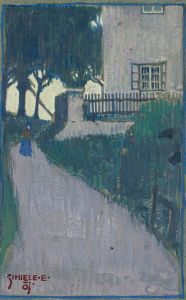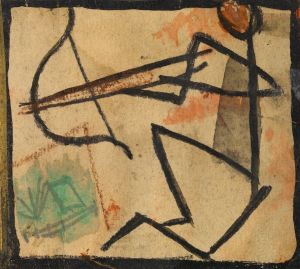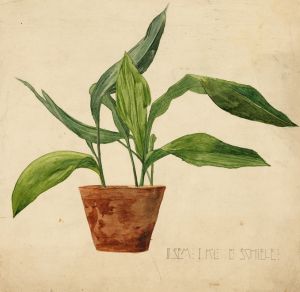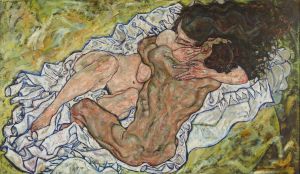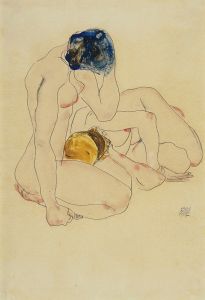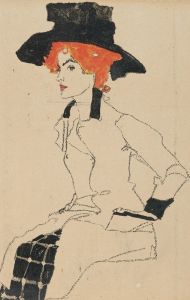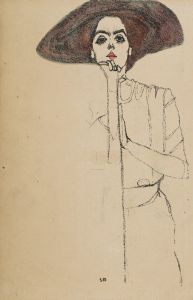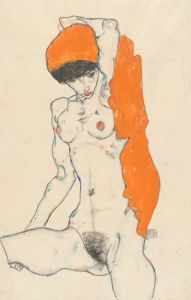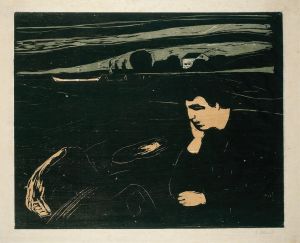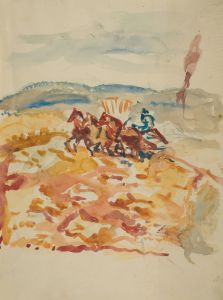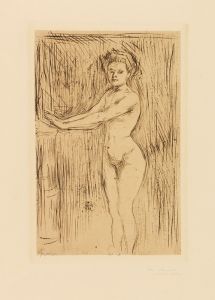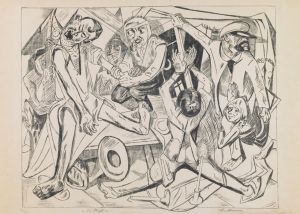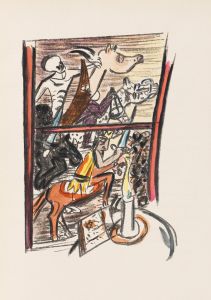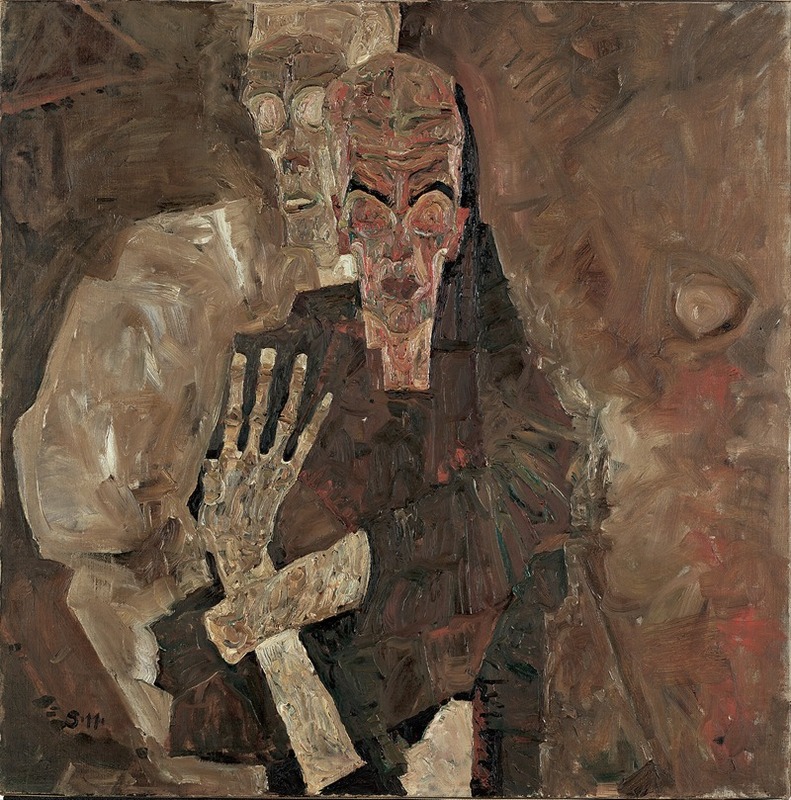
Self-Seer II
A hand-painted replica of Egon Schiele’s masterpiece Self-Seer II, meticulously crafted by professional artists to capture the true essence of the original. Each piece is created with museum-quality canvas and rare mineral pigments, carefully painted by experienced artists with delicate brushstrokes and rich, layered colors to perfectly recreate the texture of the original artwork. Unlike machine-printed reproductions, this hand-painted version brings the painting to life, infused with the artist’s emotions and skill in every stroke. Whether for personal collection or home decoration, it instantly elevates the artistic atmosphere of any space.
Egon Schiele, an Austrian painter known for his distinctive style and raw emotional intensity, created "Self-Seer II (Death and the Man)" in 1911. This work is part of Schiele's exploration of self-portraiture, a genre he frequently revisited throughout his career. Schiele's self-portraits are renowned for their psychological depth and often unsettling honesty, and "Self-Seer II" is no exception.
The painting depicts two figures, both of which are representations of Schiele himself. This duality is a common theme in Schiele's work, reflecting his introspective nature and interest in the complexities of identity and self-perception. The figures are rendered in Schiele's characteristic style, with elongated limbs, angular forms, and a stark, almost skeletal appearance. The use of line is particularly notable, as Schiele employs it to convey tension and emotion, creating a sense of movement and unease.
"Self-Seer II" is often interpreted as a meditation on mortality and the human condition. The title itself suggests a confrontation with death, a theme that recurs in Schiele's oeuvre. The painting's composition, with one figure seemingly confronting or acknowledging the presence of the other, can be seen as a visual representation of an internal dialogue or struggle. This introspective quality is heightened by Schiele's use of color, which is both muted and expressive, contributing to the overall somber and contemplative mood of the piece.
Schiele's work was heavily influenced by the socio-political climate of early 20th-century Europe, as well as by his personal experiences and relationships. His art often reflects the existential anxieties of the time, characterized by a preoccupation with themes of life, death, and the passage of time. "Self-Seer II" can be viewed within this context, as it encapsulates Schiele's ongoing exploration of the self and the inevitable confrontation with mortality.
The painting is also notable for its technical execution. Schiele's mastery of form and his ability to convey complex emotions through minimalistic yet powerful imagery are evident in "Self-Seer II." His use of negative space and the stark contrast between the figures and the background draw the viewer's attention to the central themes of the work, emphasizing the isolation and introspection that are hallmarks of Schiele's art.
Egon Schiele's contribution to modern art is significant, and his influence can be seen in the work of later artists who similarly sought to explore the depths of human emotion and identity. "Self-Seer II" remains an important example of Schiele's innovative approach to self-portraiture and his ability to capture the existential concerns of his time through a unique and personal lens.
Today, Schiele's works, including "Self-Seer II," are celebrated for their boldness and emotional intensity. They continue to resonate with audiences, offering insight into the artist's inner world and the broader human experience. Schiele's legacy endures, as his paintings invite viewers to reflect on their own perceptions of self and the inevitable realities of life and death.





